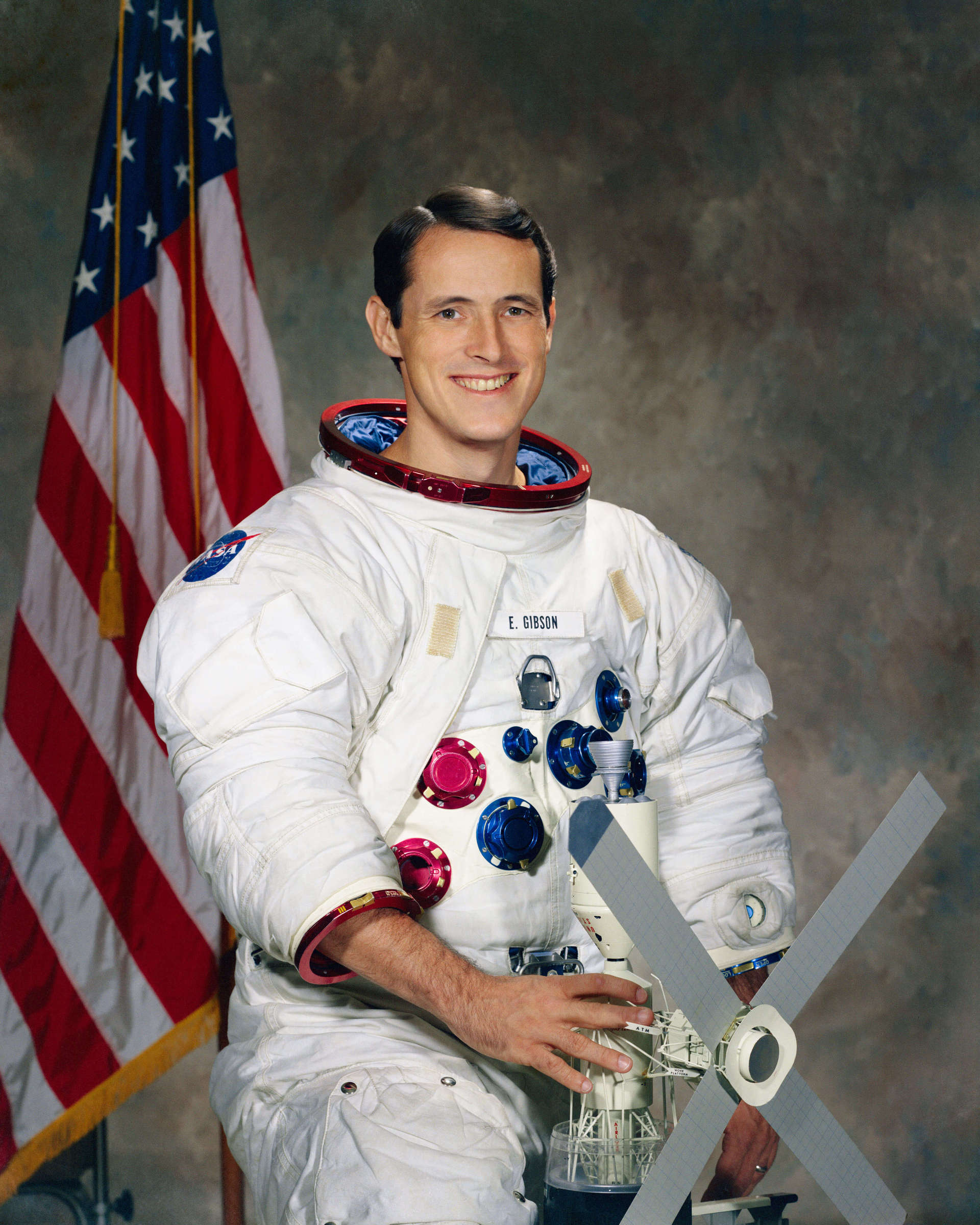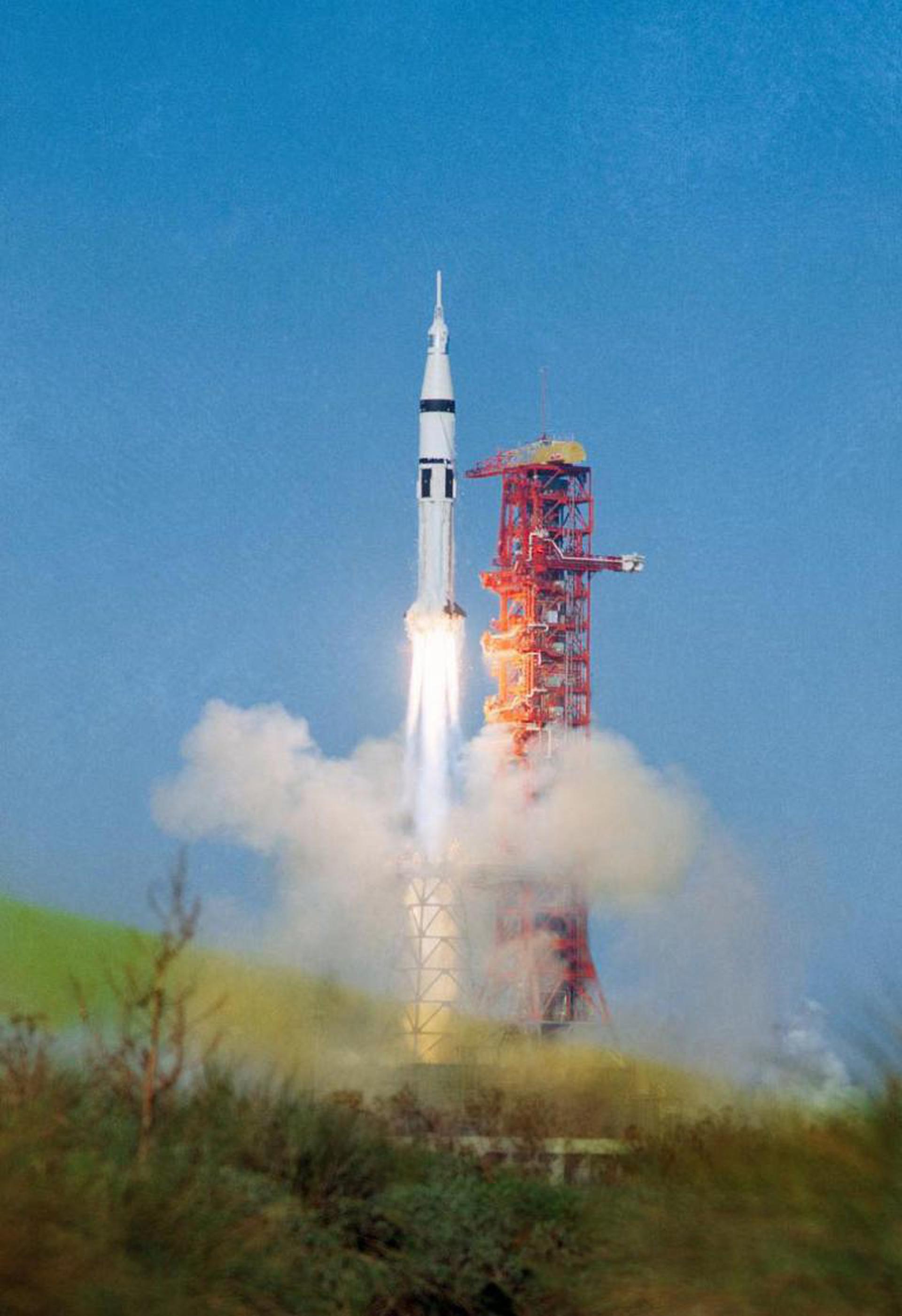Edward Gibson
American - (NASA)
Retired
Date of Birth: Nov. 8, 1936
Age: 88
Edward George Gibson is a former NASA astronaut, pilot, engineer, and physicist. Before becoming a NASA astronaut, Gibson graduated from the University of Rochester and the California Institute of Technology. He became a research assistant in jet propulsion while completing his studies and eventually became a research scientist for Philco Corporation until joining NASA. Gibson was selected as an astronaut by NASA in 1965 as part of Astronaut Group 4, the first group of scientist-astronauts. He served on the support crew of Apollo 12 before moving on to work on the development of the Skylab space station. In 1973–74, Gibson made his first and only flight into space as science pilot aboard Skylab 4, the third and final manned flight to Skylab. He, along with Commander Gerald Carr and Pilot William Pogue, spent just over 84 days in space. Gibson resigned from NASA in December 1974, but returned in 1977 to preside over the selection of scientist-astronaut candidates. Gibson retired from NASA for the last time in October 1982.
Saturn IB | Skylab 4
National Aeronautics and Space Administration | United States of AmericaKennedy Space Center, FL, USA
Nov. 16, 1973, 2:01 p.m.
Status: Success
Mission:
Skylab 4 (also known as SL-4 or SLM-3) was the third and the last crewed mission to the first US orbital space station Skylab. The mission began on November 16, 1973, 14:01:23 UTC with the launch of a three-person crew. Crew members were the Commander Gerald P. Carr, Science Pilot Edward G. Gibson and William R. Pogue. During their 83-day stay on the station, crew performed Earth and solar observations. The mission ended successfully with the splashdown in the Pacific Ocean on February 8, 1974, 15:16:53 UTC.
Low Earth OrbitThe National Aeronautics and Space Administration is an independent agency of the executive branch of the United States federal government responsible for the civilian space program, as well as aeronautics and aerospace research. NASA have many launch facilities but most are inactive. The most commonly used pad will be LC-39B at Kennedy Space Center in Florida.
Electron
Symphony In The Stars
Rocket Lab Launch Complex 1B - Rocket Lab Launch Complex 1, Mahia Peninsula, New Zealand'Symphony In The Stars' is the first of two dedicated missions on Electron to deploy a single spacecraft to a 650km circular Earth orbit for a confid…
Falcon 9
Starlink Group 10-34
Space Launch Complex 40 - Cape Canaveral SFS, FL, USAA batch of 27 satellites for the Starlink mega-constellation - SpaceX's project for space-based Internet communication system.
Electron
Get The Hawk Outta Here (4x HawkEye 360)
Rocket Lab Launch Complex 1A - Rocket Lab Launch Complex 1, Mahia Peninsula, New ZealandHawkEye 360 is a a space-based civil global intelligence satellite network using radio frequency (RF) technology to help monitor transportation acros…
Falcon 9
Starlink Group 10-16
Space Launch Complex 40 - Cape Canaveral SFS, FL, USAA batch of 27 satellites for the Starlink mega-constellation - SpaceX's project for space-based Internet communication system.
Falcon 9
Axiom Space Mission 4
Launch Complex 39A - Kennedy Space Center, FL, USAThis is a Crew Dragon flight for a private company Axiom Space. The mission will carry a professionally trained commander alongside three private ast…



